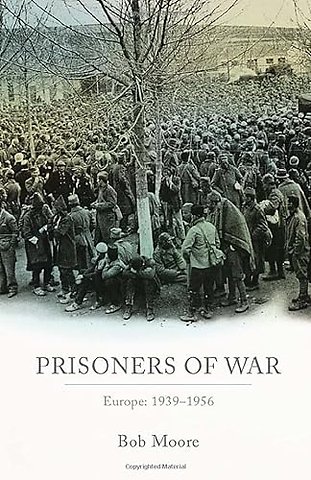Samenvatting
The Second World War between the European Axis powers and the Allies saw more than twenty million soldiers taken as prisoners of war. While this total is inflated by the unconditional surrender of all German forces in Europe on 8 May 1945, it nonetheless highlights the fact that captivity was one of the most common experiences for all those in uniform - even more common than frontline service. Despite this, and the huge literature on so many aspects of the war,
prisoner of war histories have remained a separate and sometimes isolated element in the wider national chronicles of the conflict constructed in the post war era. Prisoners of every nationality had their own narratives of military service and captivity. While it is impossible to encompass their
collective histories, let alone the individual experiences of all twenty million prisoners in a single volume, Bob Moore uses a series of case studies to highlight the key elements involved and to introduce, analyse, and refine some of the major debates that have arisen in the existing historiography. The study is divided into three broad sections: captivity in Eastern and Western Europe during the war itself, comparative studies of specific categories of prisoners, and the repatriation and
reintegration of prisoners after the war.
Specificaties
Lezersrecensies
Vaak samen gekocht
Anderen die dit boek kochten, kochten ook
Rubrieken
- advisering
- algemeen management
- coaching en trainen
- communicatie en media
- economie
- financieel management
- inkoop en logistiek
- internet en social media
- it-management / ict
- juridisch
- leiderschap
- marketing
- mens en maatschappij
- non-profit
- ondernemen
- organisatiekunde
- personal finance
- personeelsmanagement
- persoonlijke effectiviteit
- projectmanagement
- psychologie
- reclame en verkoop
- strategisch management
- verandermanagement
- werk en loopbaan










